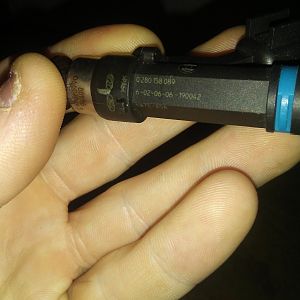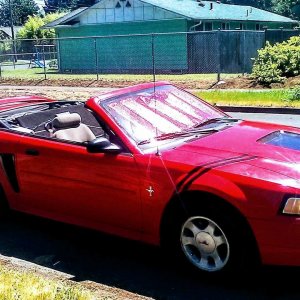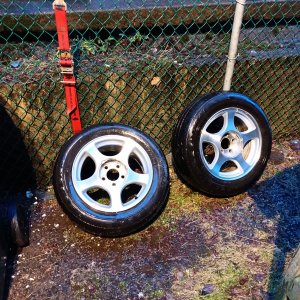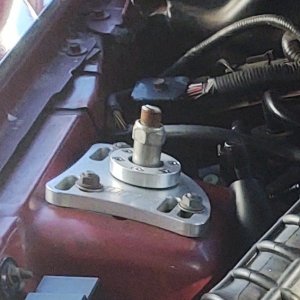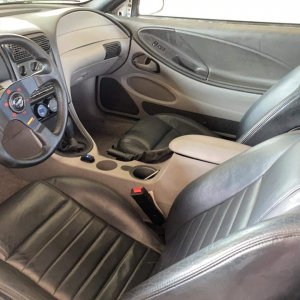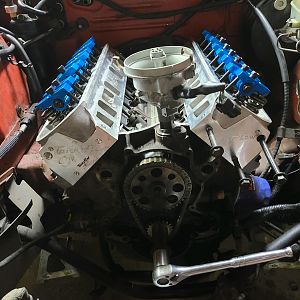You are using an out of date browser. It may not display this or other websites correctly.
You should upgrade or use an alternative browser.
You should upgrade or use an alternative browser.
Lightened flywheel??
- Thread starter BALZY_GT
- Start date
Some people say that a heavier flywheel will hit the tires harder when you dump the clutch due to its great inertia over a lighter one. This will help get a lower hp or heavier car out of the hole faster AND provide less fall off of RPMs between shifts. It was a few years ago, I read in MM&FF a test they did with two cars of different HP levels...and both tested with heavy and light flywheels. Both cars ran faster with the lighter flywheels. I can't say from personal experience but I think it you have traction problems, then yeah, go for it...but honestly, I think there is better stuff to spend your money on...
Monsterbishi
Member
I speak from experience 
Lightweight flywheels are your friend in most respects, but can bite you in others, benefits include removing a huge amount of rotational mass(ie rpm-scaled parasitic loss), improving how easily the engine can rev, and fuel economy.
The sacrifice of running extremely light flywheels though is as has already been mentioned, the effective mass that becomes inertia when taking off, is dramaticly reduced, so in most cases with super-lightweight flywheels you need to use higher rpms when taking off, and speed will drop off quicker when going up hills.
There are also some considerations that need to be made when attaching said flywheels, some require very specific torque settings to bolt them down, others need a sandwhich plate between the bolt heads and the flywheel to prevent the softer alloy from being crushed/damaged at installation.
In a racing application, the type of alloy may require a scattershield to be installed, depending on whether the type of metal is prone to fragmentation, so it pays to check your tracks rulebooks first too.
And finally, if someone suggests you just lighten the stocker - DON'T, cast flywheels are fragile at the best of times, and explode in the worst way, in this age of having a choice of aftermarket flywheels there just isin't any need to go down that path anymore.
Lightweight flywheels are your friend in most respects, but can bite you in others, benefits include removing a huge amount of rotational mass(ie rpm-scaled parasitic loss), improving how easily the engine can rev, and fuel economy.
The sacrifice of running extremely light flywheels though is as has already been mentioned, the effective mass that becomes inertia when taking off, is dramaticly reduced, so in most cases with super-lightweight flywheels you need to use higher rpms when taking off, and speed will drop off quicker when going up hills.
There are also some considerations that need to be made when attaching said flywheels, some require very specific torque settings to bolt them down, others need a sandwhich plate between the bolt heads and the flywheel to prevent the softer alloy from being crushed/damaged at installation.
In a racing application, the type of alloy may require a scattershield to be installed, depending on whether the type of metal is prone to fragmentation, so it pays to check your tracks rulebooks first too.
And finally, if someone suggests you just lighten the stocker - DON'T, cast flywheels are fragile at the best of times, and explode in the worst way, in this age of having a choice of aftermarket flywheels there just isin't any need to go down that path anymore.
Similar threads
- Replies
- 3
- Views
- 453

